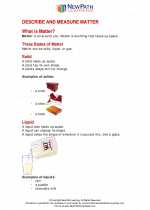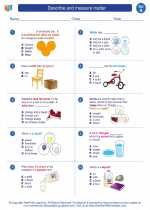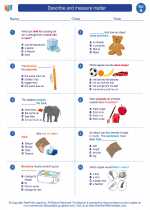Structure of the Radiative Zone
The radiative zone is primarily composed of ionized gas (plasma) and is extremely dense. The high density causes the photons produced in the core to bounce around for an extended period before they can escape. This bouncing of photons is known as the random walk and it can take thousands to millions of years for a photon to make its way from the core to the convective zone.Energy Transfer
In the radiative zone, energy is transferred through the process of radiation. The high-energy photons produced in the core travel outward, colliding with and being absorbed by atoms in the plasma, causing the atoms to become excited. The excited atoms then release photons of lower energy, which are then reabsorbed by other atoms. This process continues until the photons finally reach the convective zone.Temperature and Pressure
The temperature in the radiative zone decreases with distance from the core, starting at around 7 million Kelvins at the inner boundary and decreasing to about 2 million Kelvins at the outer boundary. The pressure also decreases with distance from the core, but it is still incredibly high throughout the radiative zone due to the weight of the overlying layers of the sun.Study Guide
To understand the radiative zone, it is essential to grasp the concepts of radiation, plasma, energy transfer, and the structure of the sun. Here are some key points to focus on while studying the radiative zone:- Define the radiative zone and its location within the sun.
- Explain the process of energy transfer through radiation and the random walk of photons.
- Discuss the temperature and pressure gradients within the radiative zone.
- Compare and contrast the radiative zone with the other layers of the sun, such as the core and the convective zone.
◂Science Worksheets and Study Guides First Grade. Describe and measure matter
Study Guide Describe and measure matter
Describe and measure matter  Worksheet/Answer key
Worksheet/Answer key Describe and measure matter
Describe and measure matter  Worksheet/Answer key
Worksheet/Answer key Describe and measure matter
Describe and measure matter  Worksheet/Answer key
Worksheet/Answer key Describe and measure matter
Describe and measure matter  Vocabulary/Answer key
Vocabulary/Answer key Describe and measure matter
Describe and measure matter  Vocabulary/Answer key
Vocabulary/Answer key Describe and measure matter
Describe and measure matter 

 Worksheet/Answer key
Worksheet/Answer key
 Worksheet/Answer key
Worksheet/Answer key
 Worksheet/Answer key
Worksheet/Answer key
 Vocabulary/Answer key
Vocabulary/Answer key
 Vocabulary/Answer key
Vocabulary/Answer key

The resources above cover the following skills:
Concepts of Physical Science (SB1, SB2, SB3, SB4)
The student demonstrates an understanding of the structure and properties of matter by classifying matter according to physical properties (i.e., color, size, shape, weight, texture, flexibility).